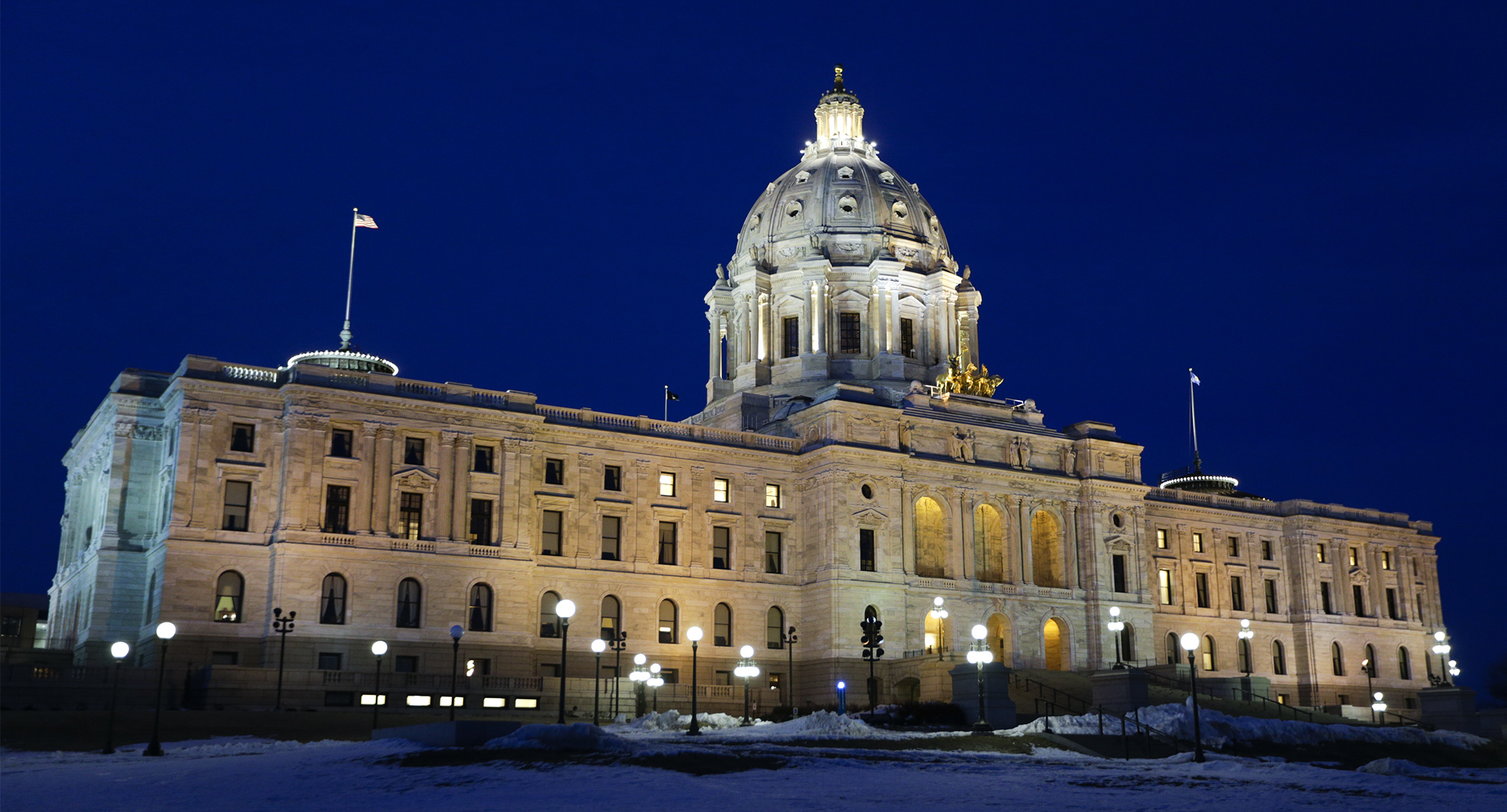After two years and no bonding bill, House DFL unveils nearly $2 billion capital investment package

The Legislature doesn’t usually get a bonding package proposed as early as February. But since it’s been more than two years since a bonding bill has passed, capital funding is past due, said Rep. Fue Lee (DFL-Mpls).
A proposal for nearly $1.9 billion in capital projects across the state was unveiled Monday to the House Capital Investment Committee. Most of the funding — $1.5 billion — would come from bond sales and the remainder – $391.75 million – from the General Fund. The proposal came in the form of delete-all amendments to HF669 and HF670, both sponsored by Lee.
“It’s long past time to bring in the public on this important bill,” Lee said in a statement. “Hundreds of critical infrastructure projects have gone unfunded. These are projects that are crucial to communities throughout the state, and inflation causes them to go up in cost the longer we delay this unfinished work. It’s time to complete the work of 2022. Minnesota can’t wait any longer.”
Several members expressed appreciation for the work that has gone into the bill. Rep. Leon Lillie (DFL-North St. Paul) noted hundreds of hours of hearings and tours held across the state.
First-term Rep. Roger Skraba (R-Ely) appreciates how the bill reflects what he’s heard in committee this session. “I’m learning and it’s sticking.”
[MORE: See the proposed capital budget spreadsheet, debt service tracking]
The committee plans to take testimony Wednesday and mark up the bill Feb. 20. The hope, according to Lee, is to move the bill onto the House and Senate floors by early March. The Senate Capital Investment Committee plans to take up the bill Tuesday.
Once this bill is passed, Lee said, the committee could then clear the decks and turn to other projects in the queue.
What’s in the proposals
Lee said the proposal includes $185 million from the General Fund and $94 million in bonding as placeholders for minority caucus and Senate proposals. These are listed as library construction grants.
Among higher dollar projects proposed is $245.16 million for the Department of Transportation, which includes $79 million for local road improvement fund grants, $67 million for local bridge replacement programs and $18 million for the port development assistance program.
Nearly $235.4 million in bonding would go to drinking water and wastewater projects. There is $10 million proposed for lead service line replacement.
The bill would provide $178.45 million in bonding and $5.5 million from the General Fund for the Department of Natural Resources. Of that, $36 million would be for asset preservation, $30 million for building upgrades, and $27.37 million for flood mitigation projects.
Also in the proposal is $108.62 million in bonding for the Met Council, including $72 million for bus rapid transit projects. The Met Council would also receive $21.5 million from the General Fund for grants to more local projects, such as the Wakan Tipi Center in St. Paul and the Minnesota River Regional Greenway in Dakota County.
Higher education help
Minnesota State would receive $177.33 million in new spending, including $49.58 million of a $173.68 million request for asset preservation and replacement.
The University of Minnesota would receive $132.13 million, including $92.6 million to renovate Fraser Hall on the Minneapolis campus for undergraduate chemistry teaching, and $39.53 million for asset preservation and replacement. It requested $200 million for the latter.
Other projects to be funded in the bill include:
- $90 million for the Department of Veterans Affairs, including $77.77 million to update the Hastings campus;
- $72 million for public housing rehabilitation;
- $34.29 million for the Department of Corrections, with almost all slated for asset preservation;
- $31.48 million for the Department of Military Affairs, including $24.72 million for the Rosemount Readiness Center;
- $22.7 million for the Board of Water and Soil Resources;
- $22.47 million for the Department of Administration, including $9 million for security upgrades at the Capitol Complex;
- $18.03 million for the Minnesota Zoo, mostly asset preservation, but also $1.23 million for its animal hospital;
- $17.42 million for the Department of Public Safety with most for increased costs at the state emergency operations center;
- $10 million for the Pollution Control Agency for capital assistance in Olmsted County; and
- $9.6 million for the Amateur Sports Commission for asset preservation.
Paying cash
About 50 projects managed by nonprofits and local units of government would receive a one-time cash infusion for capital projects.
This can get to projects that are ready to go, so they can serve their purpose in helping out local communities, Lee said.
Related Articles
Search Session Daily
Advanced Search OptionsPriority Dailies
Speaker Emerita Melissa Hortman, husband killed in attack
By HPIS Staff House Speaker Emerita Melissa Hortman (DFL-Brooklyn Park) and her husband, Mark, were fatally shot in their home early Saturday morning.
Gov. Tim Walz announced the news dur...
House Speaker Emerita Melissa Hortman (DFL-Brooklyn Park) and her husband, Mark, were fatally shot in their home early Saturday morning.
Gov. Tim Walz announced the news dur...
Lawmakers deliver budget bills to governor's desk in one-day special session
By Mike Cook About that talk of needing all 21 hours left in a legislative day to complete a special session?
House members were more than up to the challenge Monday. Beginning at 10 a.m...
About that talk of needing all 21 hours left in a legislative day to complete a special session?
House members were more than up to the challenge Monday. Beginning at 10 a.m...